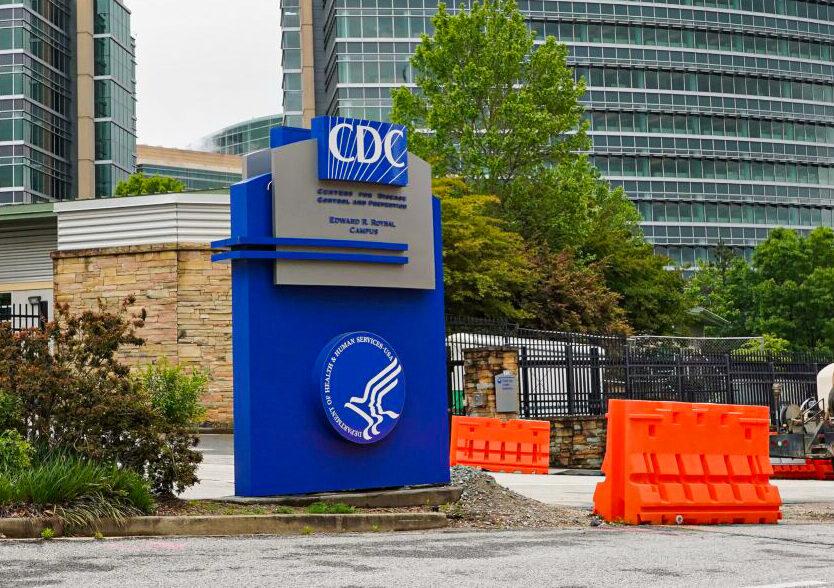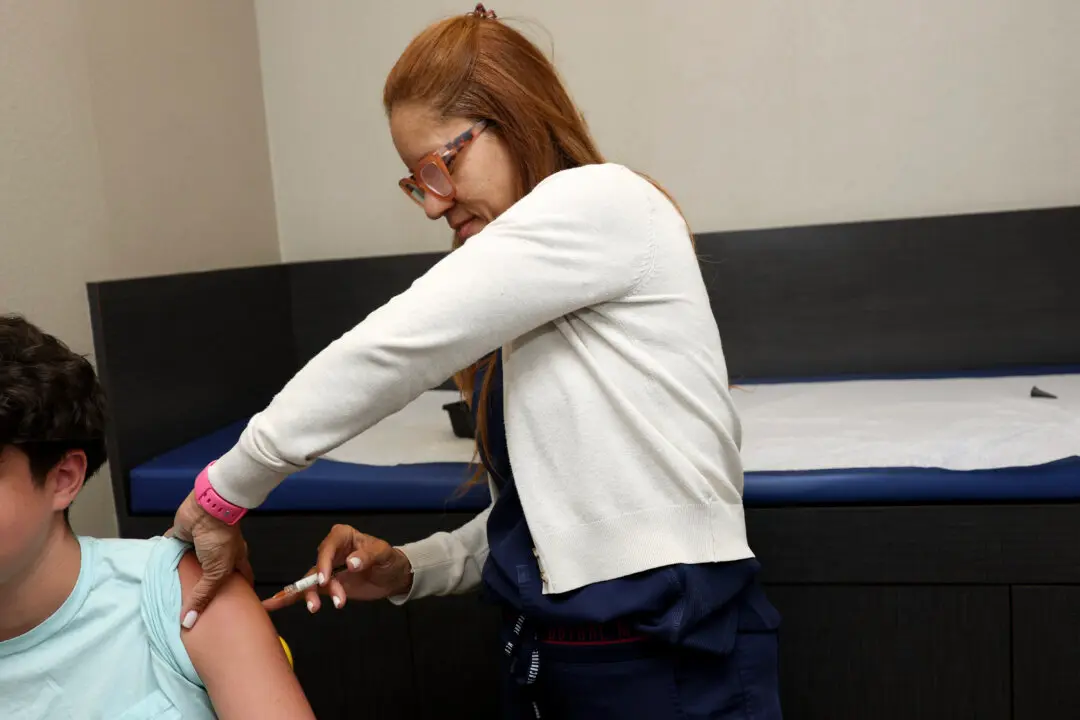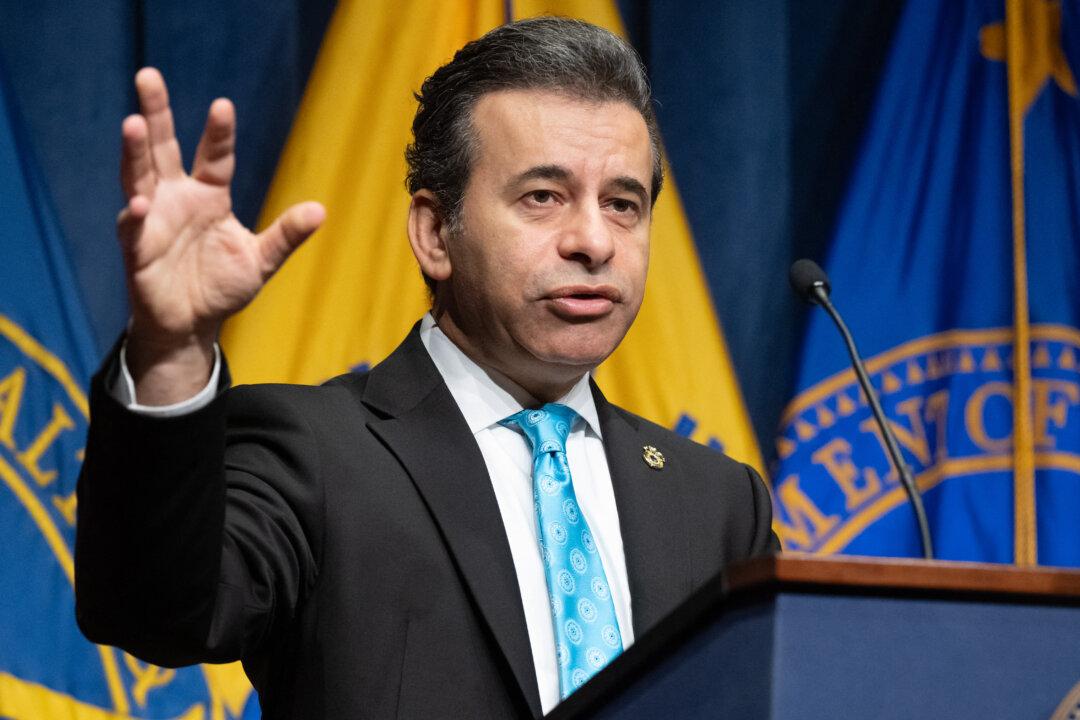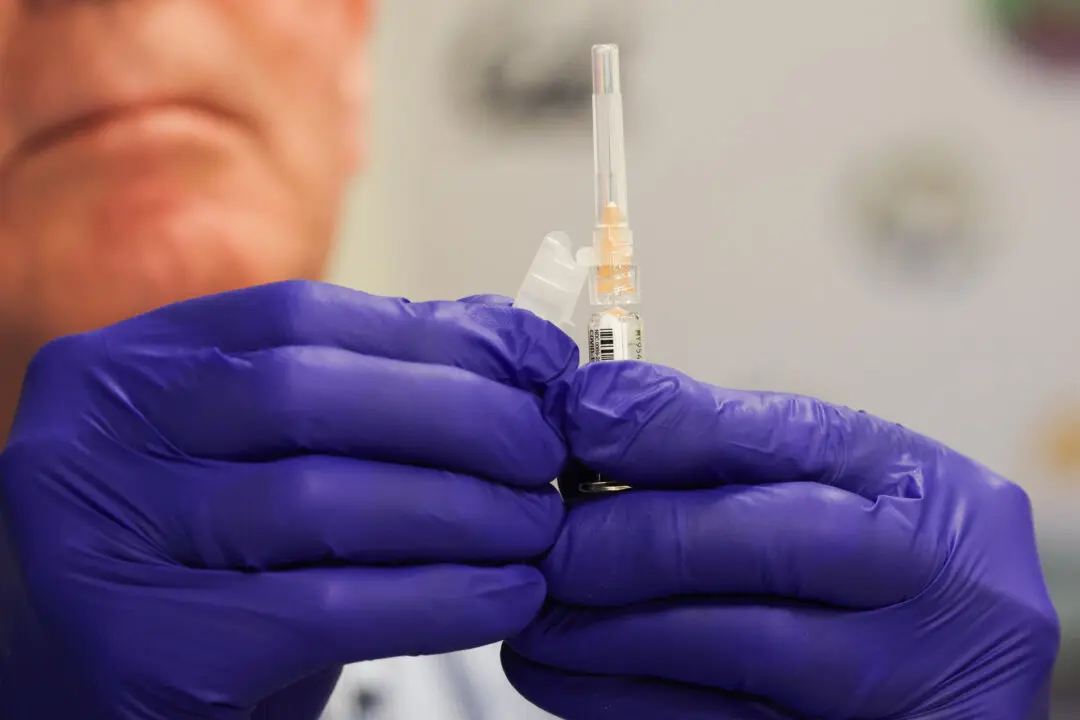Over three-quarters of workers at the nation’s largest public health agency are working remotely, even after COVID-19 metrics have plunged following fresh peaks in January, according to data obtained by The Epoch Times.
Of the approximately 12,679 full-time workers at the U.S. Centers for Disease Control and Prevention (CDC), 78 percent are either not working in-person at all, or are only doing so part of the time, the CDC’s records office told The Epoch Times in response to a Freedom of Information Act request (FOIA).





